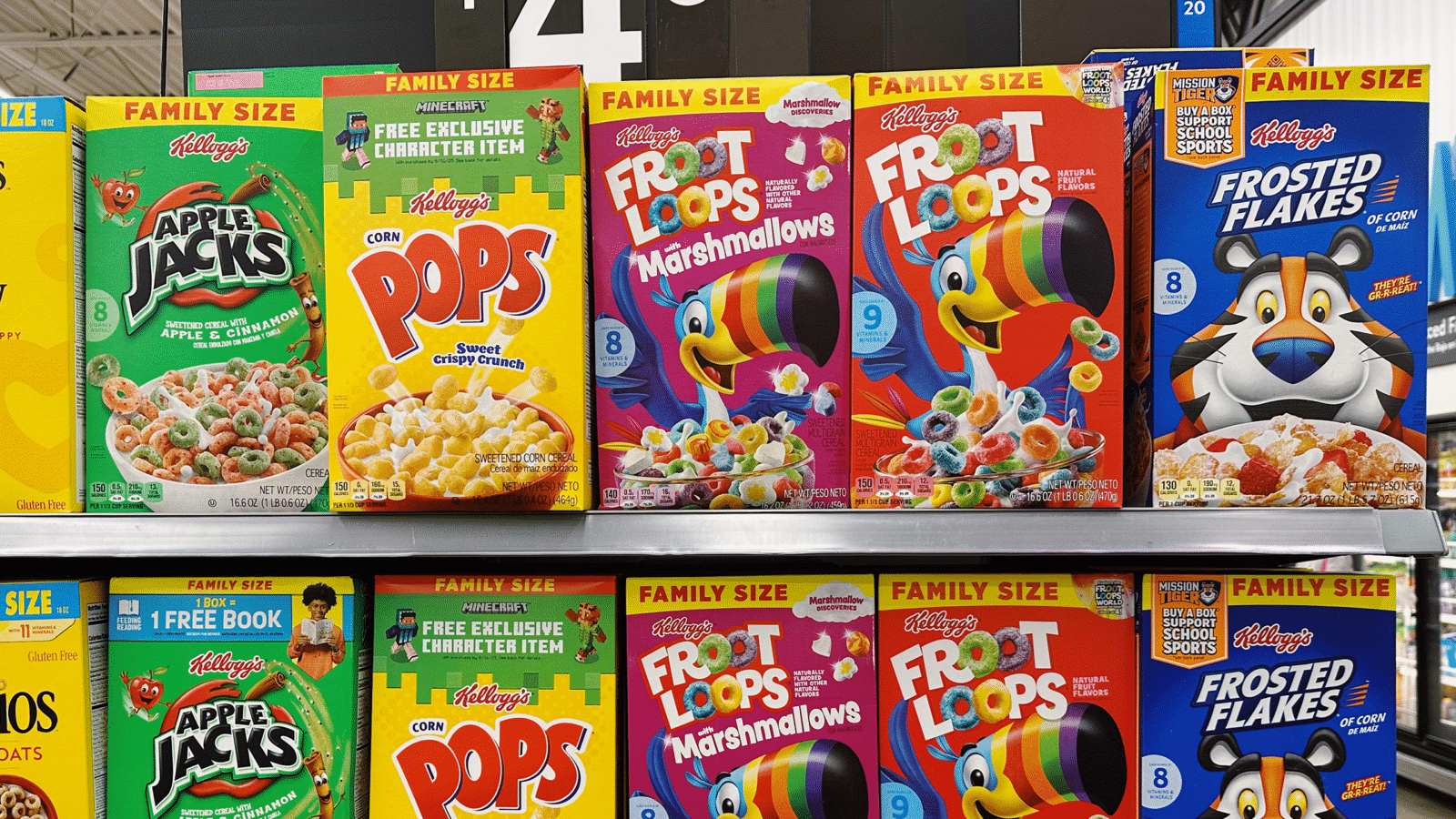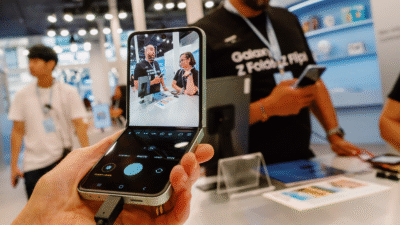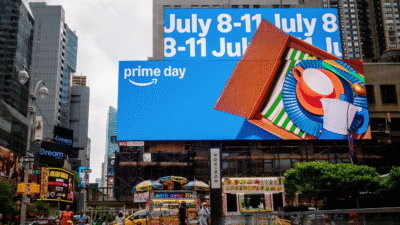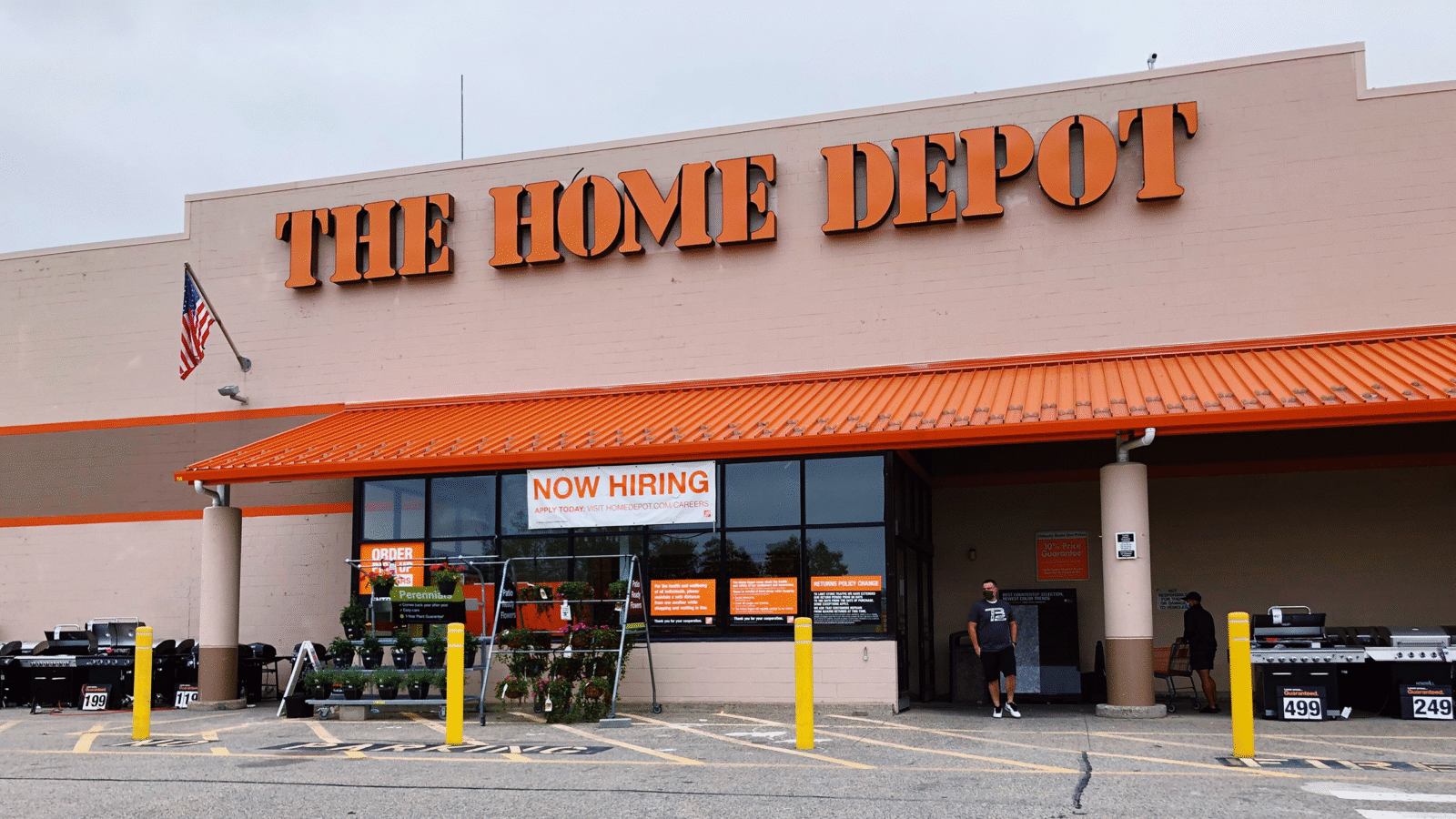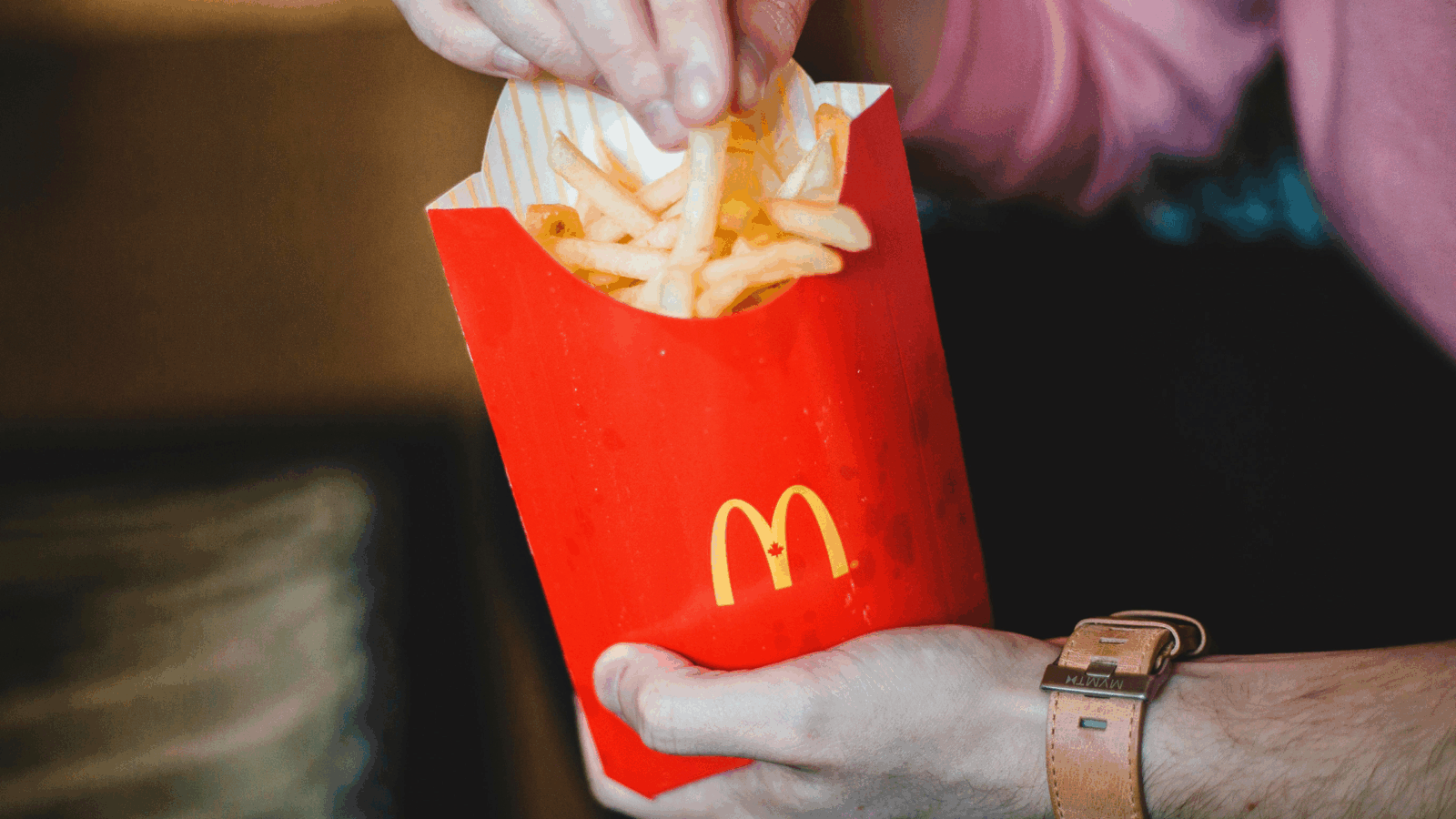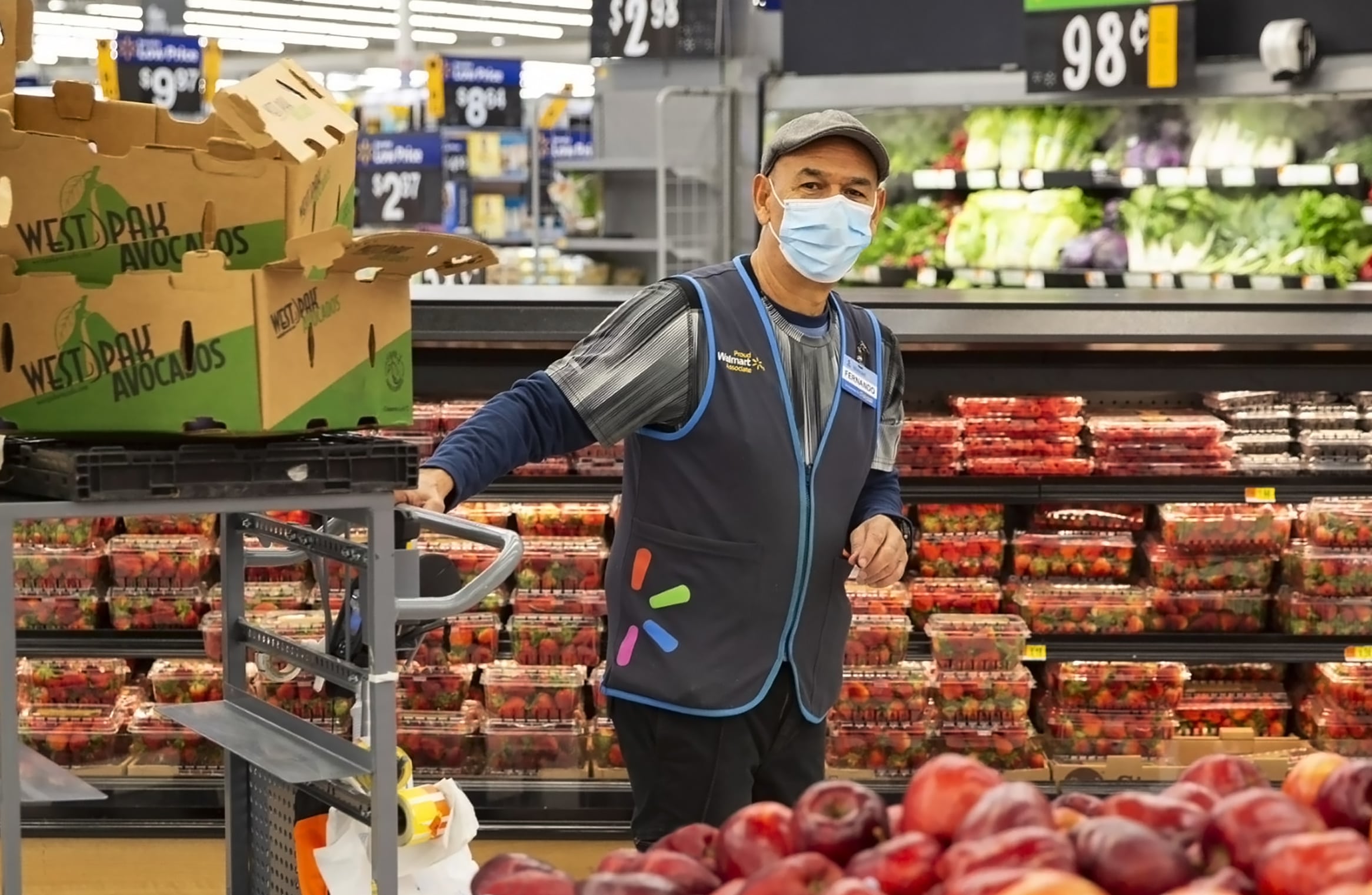
Sign up for smart news, insights, and analysis on the biggest financial stories of the day.
If your idea of convenience is having someone you don’t know with a camera strapped to their body go into your home and put groceries away, Walmart has you covered.
On Wednesday, the American retail giant announced it’s quintupling the size of its “InHome” delivery service, from six million to 30 million US households. Walmart drivers will now be able to slip into your house while you’re at work, put away your food order in the fridge, and even leave video games on the counter.
Direct-to-Fridge
The lines are increasingly blurring between the grocery delivery market, which Insider Intelligence values at $93 billion, and the quick-commerce delivery market, which includes companies like DoorDash and which Coresight Market values at $25 billion. Firms in both segments are competing over the most convenient ways to bring goods closer to customers’ front doors.
Walmart’s twist is bringing stuff inside, beyond the door. InHome’s service involves letting delivery drivers access a customer’s home with a smart lock that Walmart provides. They come in, unpack an order in the fridge or on the counter as requested, and wipe down the kitchen before they leave. Plus, there’s another super convenient and/or sci-fi dystopian component: the whole thing is recorded by a body camera. Customers can watch the delivery happen in real time on Walmart’s app if that doesn’t seem to them like a weird thing to do. The expanded service is going head to head with major established players:
- Walmart will charge $19.95 per month for InHome, more than Amazon Fresh grocery delivery which is included in a $12.99 per month Prime membership.
- Instacart Express is $9.99 a month, while DoorDash — which now delivers from retailers including 7-Eleven and CVS in addition to restaurants — sells its DashPass subscription for $9.99 a month.
Green Drop-off: Walmart, the country’s largest grocer by revenue, will use its 3,700 stores as fulfillment centers for InHome delivery, and serve 30 million homes in cities including Los Angeles and Chicago by the end of the year. Drivers will use electric vehicles, part of a pledge to have a zero emissions logistics fleet by 2040, which means the delivery will be as green as your baby spinach.
